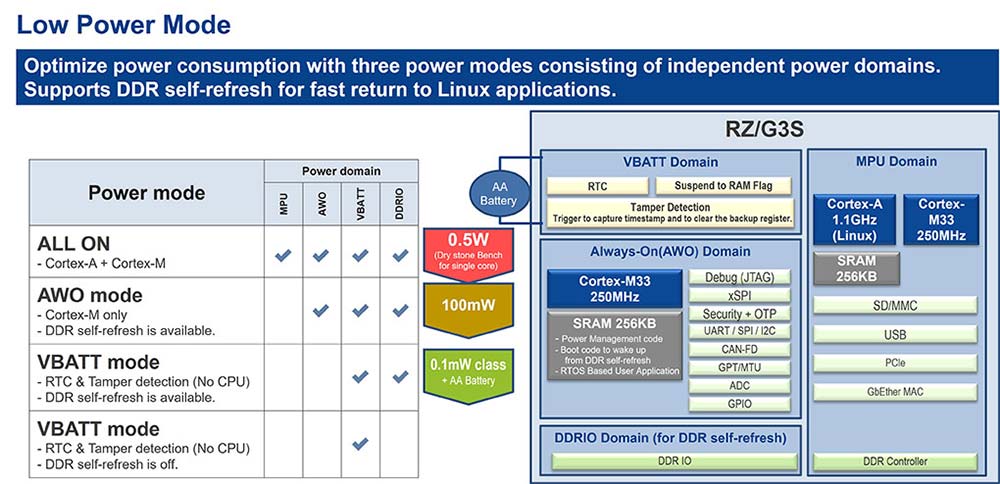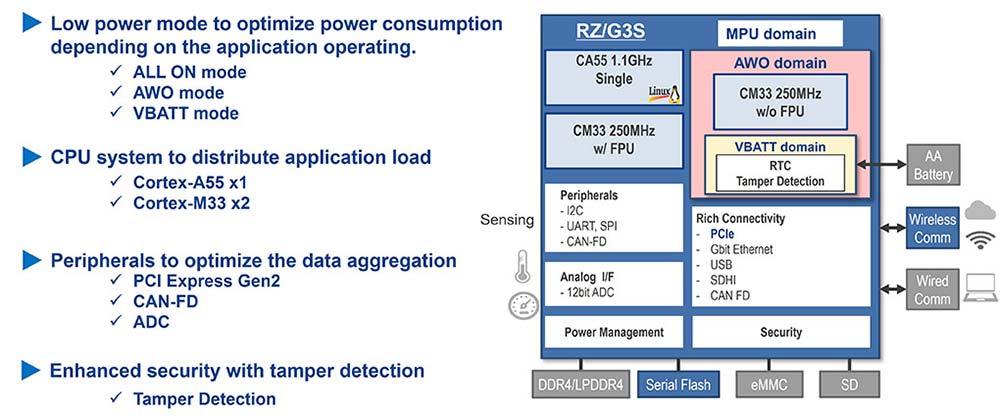Fleet management services are businesses that collect vehicle information to manage vehicles and provide related services. The recent increase in traffic accidents has prompted fleet management companies and government authorities to require all vehicles to be equipped with tracking devices to track their location and speed. In addition to tracking, the diversification of delivery services and sharing economy have contributed to the growth of vehicle location information services.
Figure 1. U.S. Vehicle Tracking System Market
(Source: Vehicle Tracking System Market Size & Share Report, 2030 - grandviewresearch.com)
In addition to automobile manufacturers, there is a wide range of companies providing such services and building their own information gathering and network systems. To collect information, a terminal is attached to the vehicle which we refer to as a tracking device in this blog.
The tracking device is attached to the vehicle and is powered by the vehicle's onboard battery to collect vehicle information and transfer collected information to the cloud system.
These processes are executed depending on the vehicle's operating status. For example, a shared rental car’s waiting time may be several weeks, but even when the vehicle is on standby, the tracking device continues to regularly monitor the vehicle. In the case of an onboard battery, when a vehicle is on standby, it does not charge and only releases power. If the power is discharged for a long time, there is a risk that the battery will deplete and the power storage capacity will deteriorate. Hence, the need to frequently check the battery status increases costs for service providers.
Reduce Power Consumption Significantly During Standby Mode
The RZ/G3S microprocessors (MPUs) consist of a few independent power domains and are equipped with a power mode function that significantly reduces power consumption by turning off some power domains. Furthermore, RZ/G3S supports the self-refresh function – a DDR memory function – that combines power mode to enable RZ/G3S itself to maintain a standby state with a minimum of 10µW class power and can be used for Linux applications. System recovery can also be achieved in a short period of time too.
The low power standby function provided by RZ/G3S is effective and ideal for applications such as the tracking device introduced at the beginning which is a typical example of data collection and data transfer to the cloud system intermittently over long intervals.

Figure 2. RZ/G3S MPU Power Mode Overview
Supports Communication Interfaces Ideal for Data Collection and Data Transfer to the Cloud
RZ/G3S is equipped with peripheral functions suitable for data collection such as CAN interface and 12-bit AD converter; and data transfer such as PCI Express Gen2 and USB.
The PCI Express Gen2 enables the support for 5G wireless connectivity infrastructure, and the peripheral functions such as CAN interface and AD converters can simplify the system configuration of tracking devices and contribute to reducing BOM costs.

Figure 3. RZ/G3S MPU Overview
Learn more about the RZ/G3S MPUs and explore the Single Board Computer Gateway winning combination which demonstrates how to use the RZ/G3S MPU in a solution.
